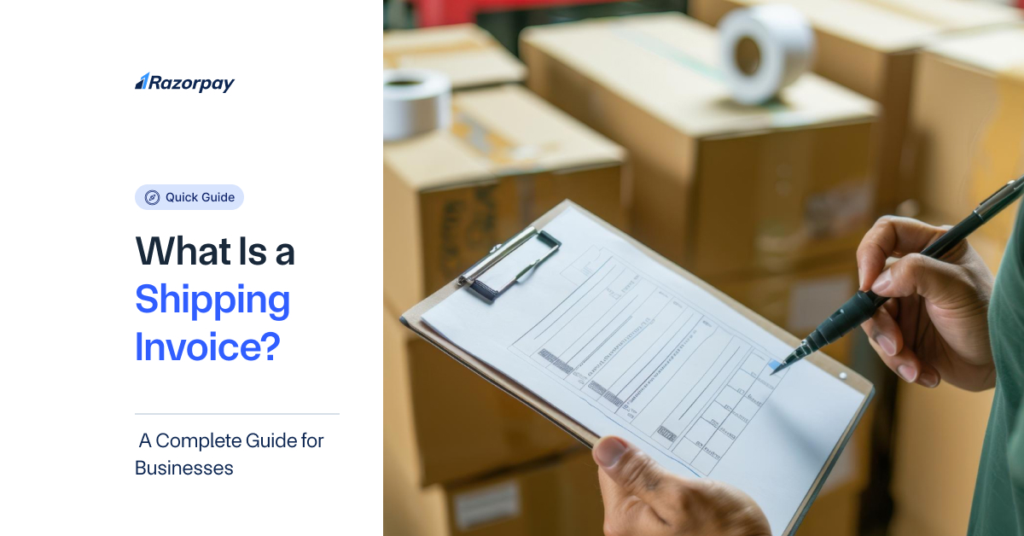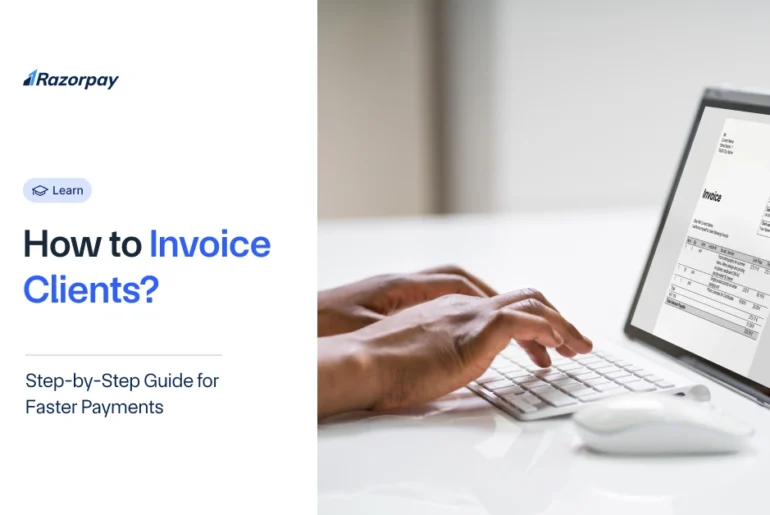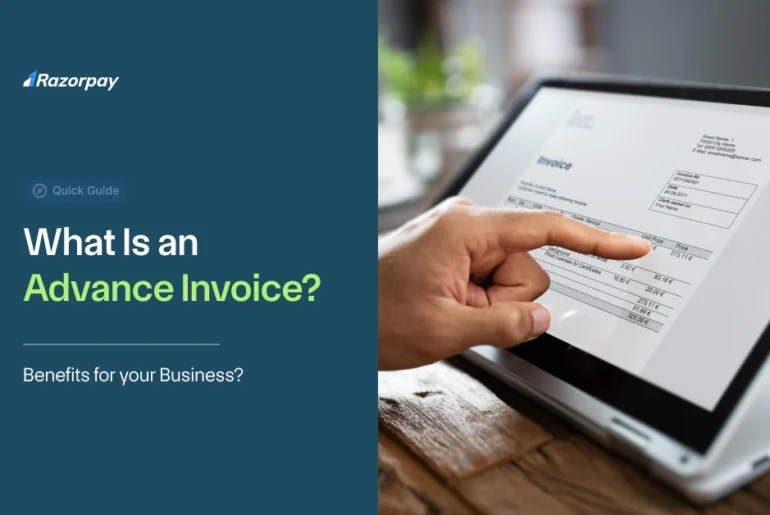Table of Contents
What Is a Shipping Invoice?
A shipping invoice is a key document in the logistics and supply chain process. It lists the goods being shipped, their quantity, value, and the details of both the buyer and seller. It also includes shipping terms, taxes, and payment conditions.
It acts as both a legal and financial document during transit and customs clearance. Authorities often require it to verify the shipment’s value for tax and duty purposes.
Whether you’re sending goods locally or internationally, this invoice helps establish transparency, avoids disputes, and speeds up payment processing.
Why Do You Need a Shipping Invoice?
You need a shipping invoice to ensure smooth customs clearance, especially for international shipments. Customs authorities use it to assess duties, verify the shipment’s value, and confirm the legitimacy of the trade.
It also plays a vital role in payment processing. Your buyer often requires this document before releasing payment, as it serves as proof of what was shipped and agreed upon. It also helps in tracking proof of delivery in case of any dispute.
Additionally, using a proper shipping invoice format allows you to maintain accurate inventory and financial records. It helps your finance team reconcile stock movement, monitor outstanding payments, and generate accurate GST invoices when needed.
Key Elements of a Shipping Invoice
1. Shipper’s Details
Make sure to include your company’s name, logo, address, contact number, and email. If you have a website, adding the link can be helpful for both the buyer and the carrier to contact you.
2. Receiver’s Information
List the receiver’s name and, if applicable, the company name and the contact person’s name. Don’t forget the receiver’s address, phone number, and email, as this is necessary for the carrier to deliver the shipment accurately.
3. Carrier’s Information
Include the name and address of the carrier. This ensures clarity on who is handling the shipment and who has accepted it.
4. Purchase Order or Reference Number
Include the purchase order number or any internal reference that relates to the shipment. This helps track the shipment and connects it to specific orders for easier processing.
5. Description of Goods
Provide details like the quantity, unit price, and total value of the goods being shipped. This is important for processing the shipment, including customs clearance.
6. Freight Details
Clearly mention the weight, size, and value of the goods. If the shipment includes hazardous materials, make sure to note that as well. This helps with customs and safe handling.
7. Pickup Date
This is the date when the items are picked up by the carrier. It marks the start of their responsibility for the goods and is essential for tracking purposes.
8. Packaging Type
Specify the type of packaging used for the shipment, whether it’s cartons, crates, pallets, or barrels. This ensures the right handling and transportation.
9. Delivery Instructions
Provide any special instructions or notes for the carrier, such as preferred delivery time or specific handling requests. These details help with smooth delivery.
How to Create a Shipping Invoice?
Gather Required Information:
Start by collecting the details of both the seller and the buyer. This includes company names, addresses, contact numbers, and GSTIN if applicable. These details form the base of your invoice.
List Items Being Shipped:
Mention each item clearly with its name, description, quantity, and unit price. This helps avoid confusion during customs checks and ensures the buyer knows exactly what they are paying for.
Specify Shipping Terms:
Clearly write the delivery method, expected delivery date, and payment terms. Make sure these terms are agreed upon by both parties to avoid disputes later.
Add Invoice Number and Date:
Give your invoice a unique number and mention the date it was created. This makes it easier for you and your buyer to track and refer to the invoice later.
Ensure Compliance:
Add all necessary legal and tax-related information, such as GST rates and HSN codes. This step is crucial to ensure your invoice is valid for both domestic and international shipments.
Review for Accuracy:
Before you send the invoice, take a moment to check all the details. Correcting mistakes early helps prevent delays in shipping and payment.
Common Types of Shipping Invoices
You’ll come across different types of shipping invoices, both free and paid, depending on your business needs. Below are the most common ones used in business:
1. Pro-Forma Invoice
This is a preliminary bill shared with the customer before the goods are shipped. It gives an estimated cost, showing a breakdown of items, shipping volume, and transport charges. It helps the customer know what to expect in advance.
2. Standard Invoice
This is the most widely used invoice type, especially by small businesses. It includes basic details like the invoice number, business name, client’s name, contact info of both parties, and the payment amount due.
3. Commercial Invoice
Used mainly in international trade, a commercial invoice is important for customs clearance. It acts as a legal document from the exporter to the importer and serves as proof of purchase in cross-border shipments.
4. Debit Invoice
Also known as a debit memo, this invoice is sent when a business needs to collect an additional amount from the customer. It’s useful for small updates to earlier invoices, often used by freelancers or small businesses.
5. Credit Invoice
Also called a credit memo, this is sent when a business needs to give a refund or offer a discount. It helps correct errors or offer partial returns from earlier invoices.
6. Mixed Invoice
This invoice includes both debit and credit amounts. The total can be positive or negative. It’s not very common, but it may be needed if you’re adjusting the billing for different services in one go.
Best Practices for Managing Shipping Invoices
1. Ensure Accurate Information:
Before sending out a shipping invoice, take time to double-check all the details. Errors in product descriptions, pricing, or buyer information can cause shipment delays or disputes during payment.
2. Maintain Consistency:
It’s important to use a standard shipping invoice template for all your shipments. A consistent format helps your team work more efficiently and makes it easier for buyers and logistics partners to read and process the invoice.
3. Automate Invoice Creation:
If you send invoices regularly, using invoicing software can be a smart move. Automation reduces the risk of human error and saves time, especially when handling a large number of transactions.
4. Keep Digital Records:
Always keep a digital copy of each invoice. This makes it easier to access documents during audits, resolve any disputes, and meet GST invoice compliance requirements.
5. Regularly Review and Update Templates:
Business rules and tax regulations often change. Reviewing and updating your shipping invoice format from time to time ensures that your invoices remain compliant and up to date.
6. Ensure Data Security:
When dealing with invoices, especially for cross-border transactions, make sure your digital systems are secure. Protecting sensitive business and customer information is crucial to avoid data breaches and maintain trust.
Shipping Invoices vs. Commercial Invoices
Here’s a comparison between shipping invoices and commercial invoices to help you understand the differences:
Aspect |
Shipping Invoice |
Commercial Invoice |
| Purpose | Lists shipped items, service charges, and shipment details | Documents the sale transaction between the seller and the buyer |
| Usage | Commonly used for domestic shipments and logistics | Mainly used in international trade and for customs clearance |
| Legal Role | Used for shipment tracking and billing | Acts as proof of sale but not as a title of ownership |
| Customs Requirement | Not always required by customs | Required by customs to assess duties and taxes |
| Level of Detail | More detailed information about shipment size, weight, packaging, etc. | Focuses on item descriptions and values for valuation |
| Other Names | Also called a freight invoice or a trucking invoice | Often referred to as a trade invoice in global transactions |
| Main Audience | Used by logistics companies, sellers, and buyers | Used by exporters, importers, and customs officials |
Example of Bill of Lading
Shipping invoices are more detailed than commercial invoices, providing a thorough description of the shipment, including payment terms. They offer information about the shipment’s size, weight, packaging, and contents, which helps businesses track their shipments accurately.
Conclusion
Shipping invoices play a crucial role in your business operations by ensuring transparency, accurate payments, and smooth logistics. Manually creating invoices can lead to errors and delays. By adopting automated solutions or using a reliable shipping invoice template, you can generate compliant, error-free invoices in less time.
Using a proper shipping invoice format improves record-keeping and financial accuracy. It also helps avoid delays in customs clearance and payments.
Standardising and digitising your invoice process can improve your overall efficiency as it helps your business stay organised, audit-ready, and financially sound.
Frequently Asked Questions (FAQs):
1. What is a shipping invoice used for?
A shipping invoice is used to document the details of goods being shipped. It helps with customs clearance, confirms delivery terms, and ensures accurate payment processing between the buyer and seller.
2. How is a shipping invoice different from a commercial invoice?
A shipping invoice focuses on shipment details like item description, quantity, and shipping terms. A commercial invoice includes these, but also serves as a legal document for international trade, often used for customs valuation.
3. What are the key elements of a shipping invoice?
Key elements include seller and buyer details, invoice number and date, item descriptions, quantities, unit prices, GST or tax information, and shipping terms. All these details help ensure clarity and compliance.
4. Can small businesses use shipping invoices?
Yes, small businesses can and should use shipping invoices. They help maintain clear records, avoid disputes, and streamline payments.



